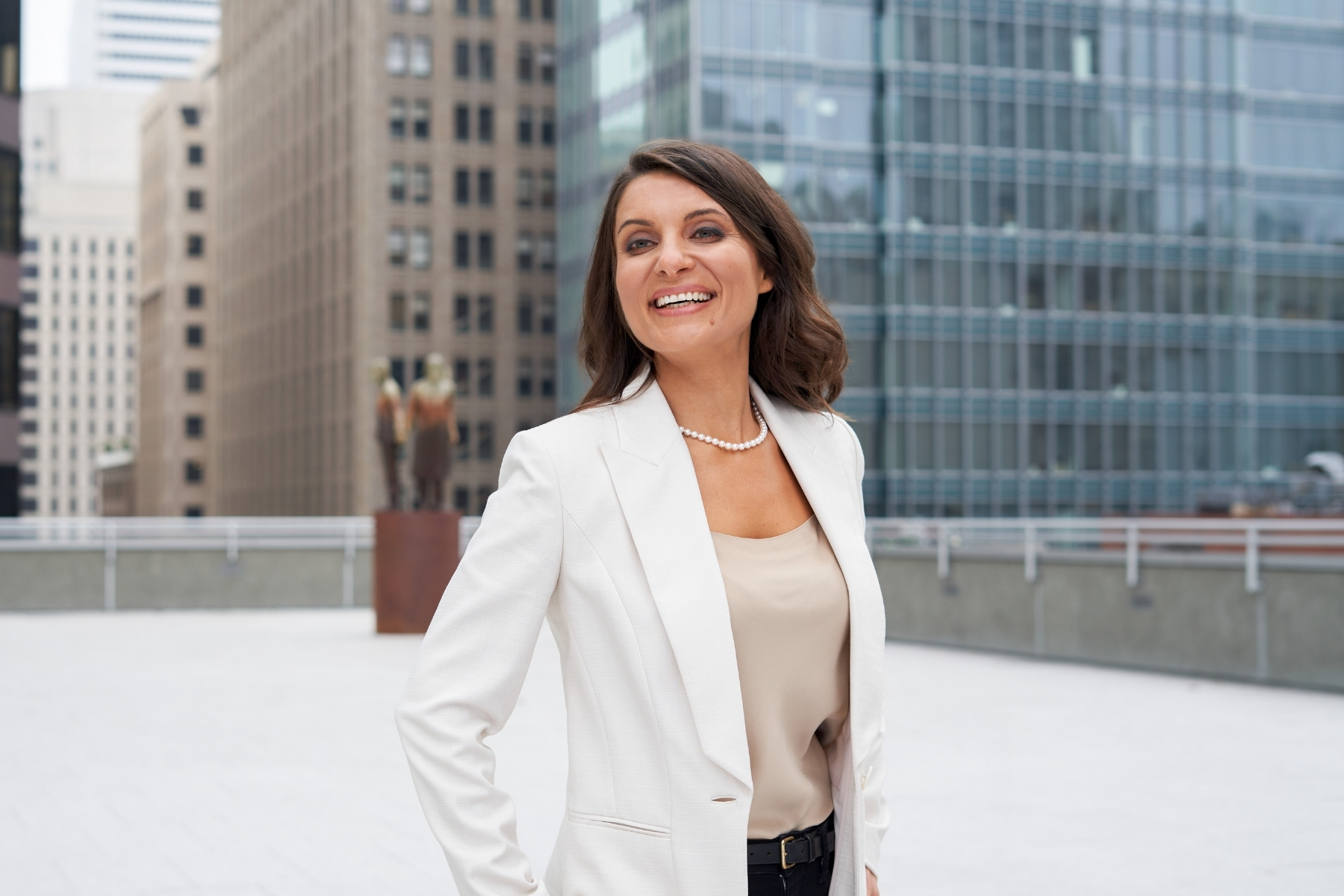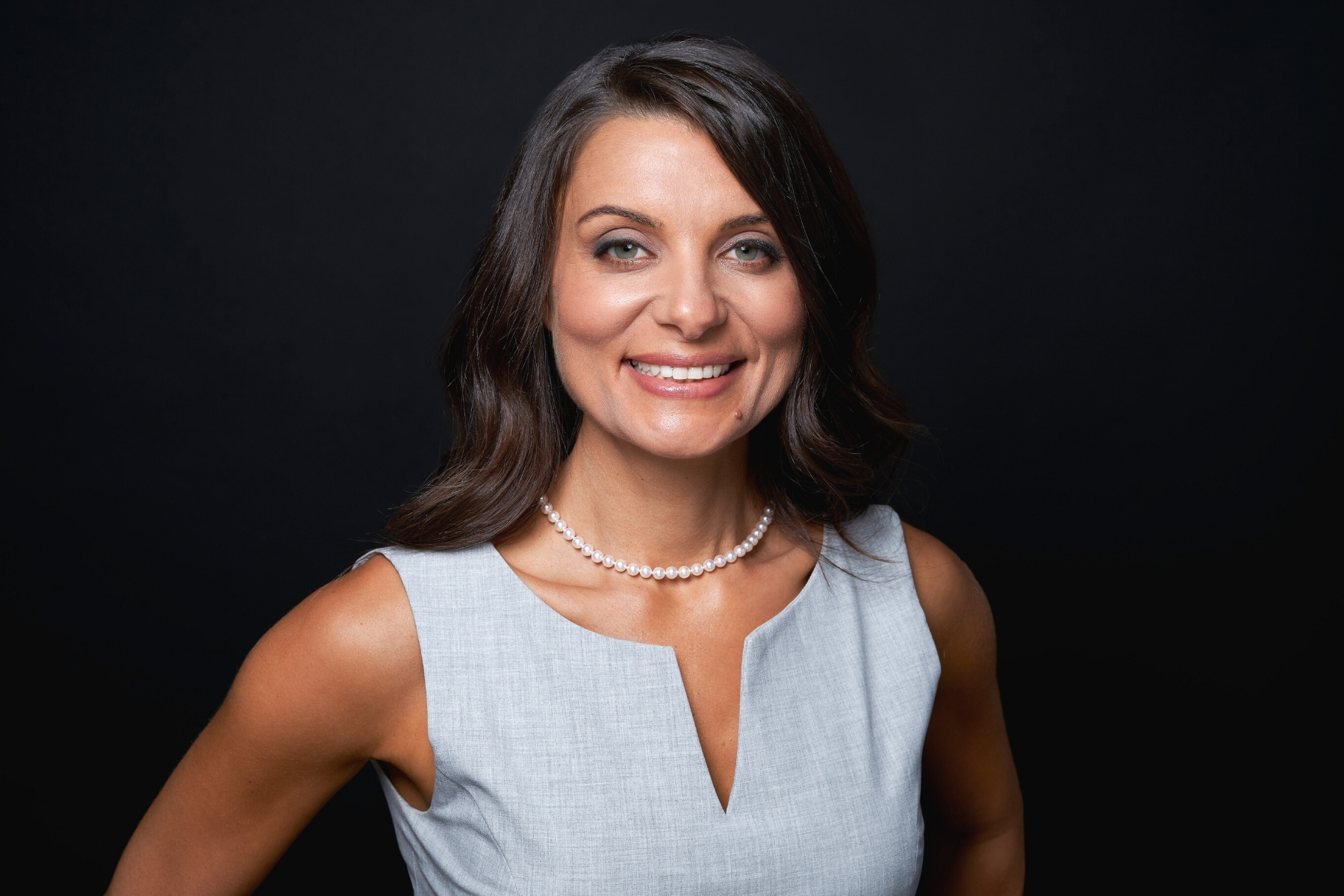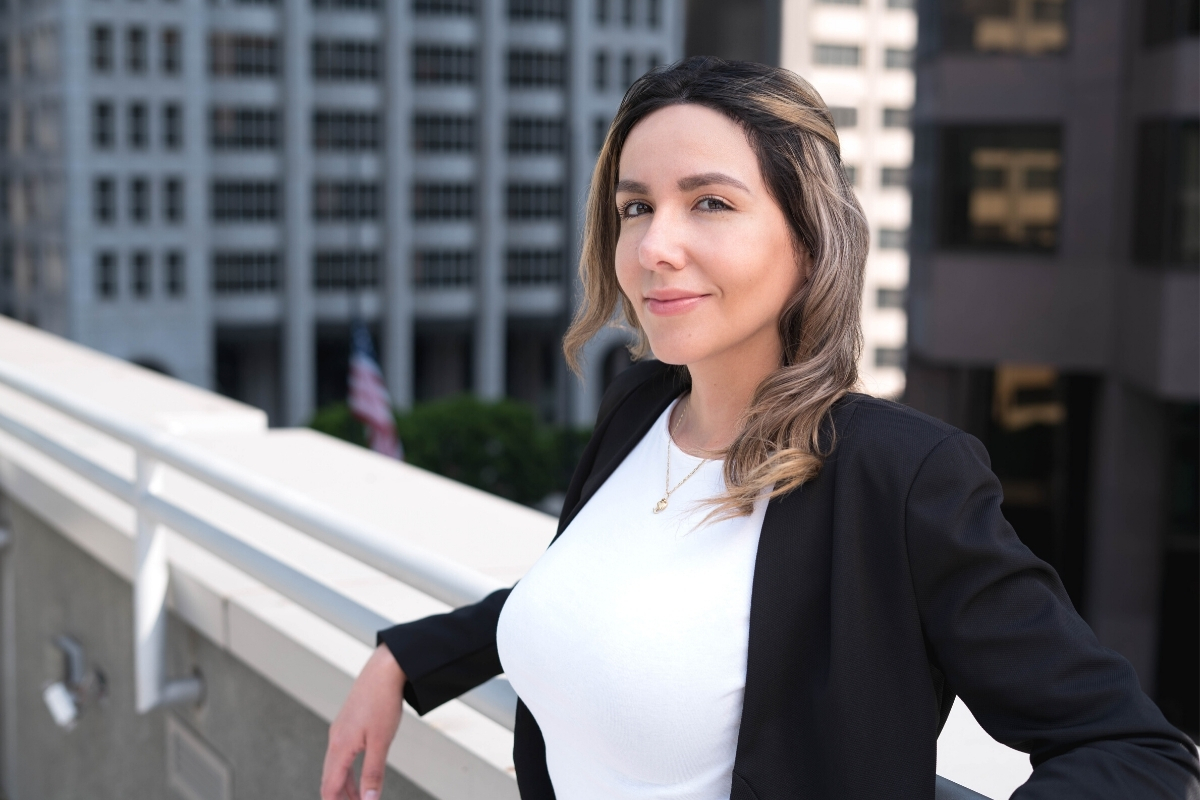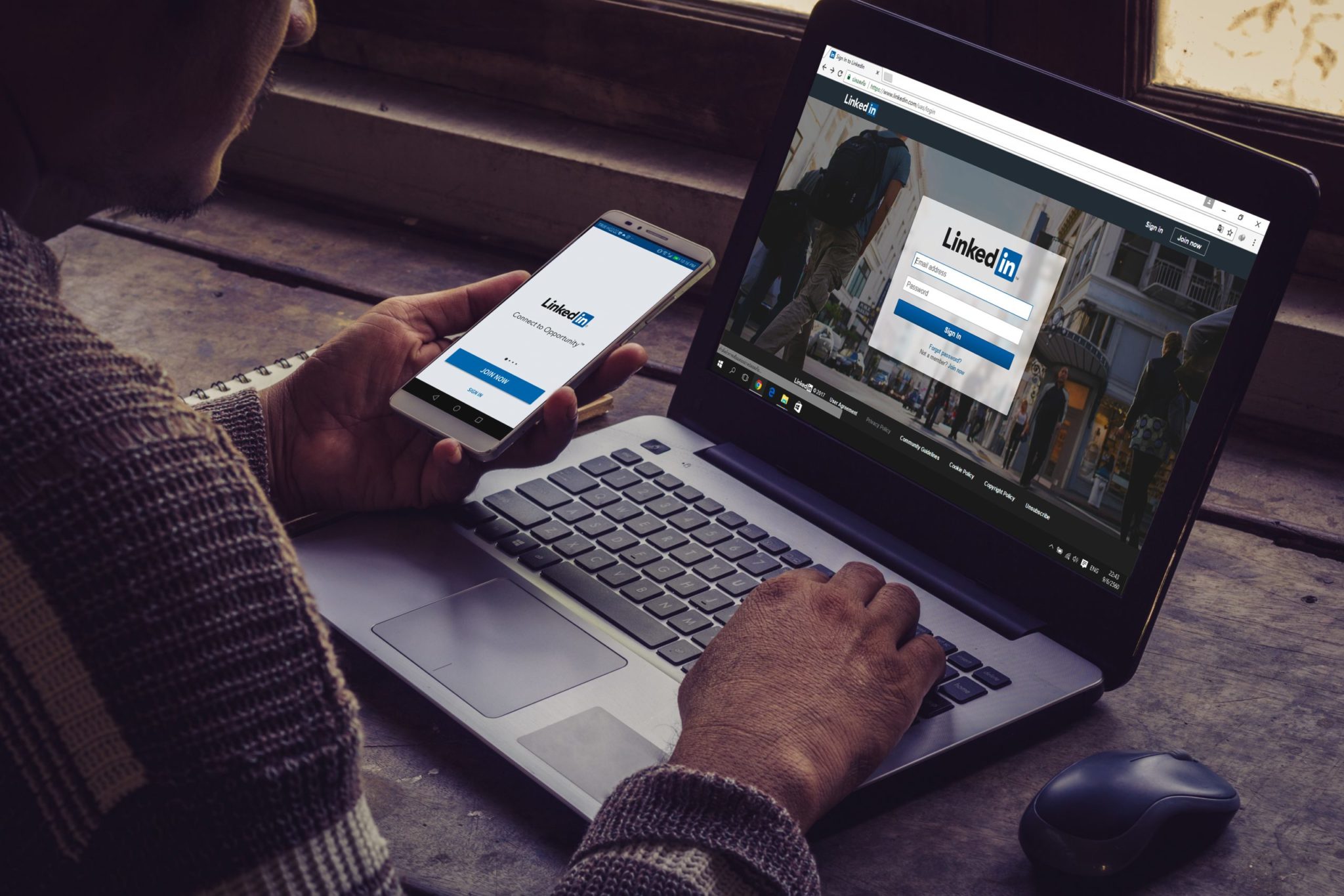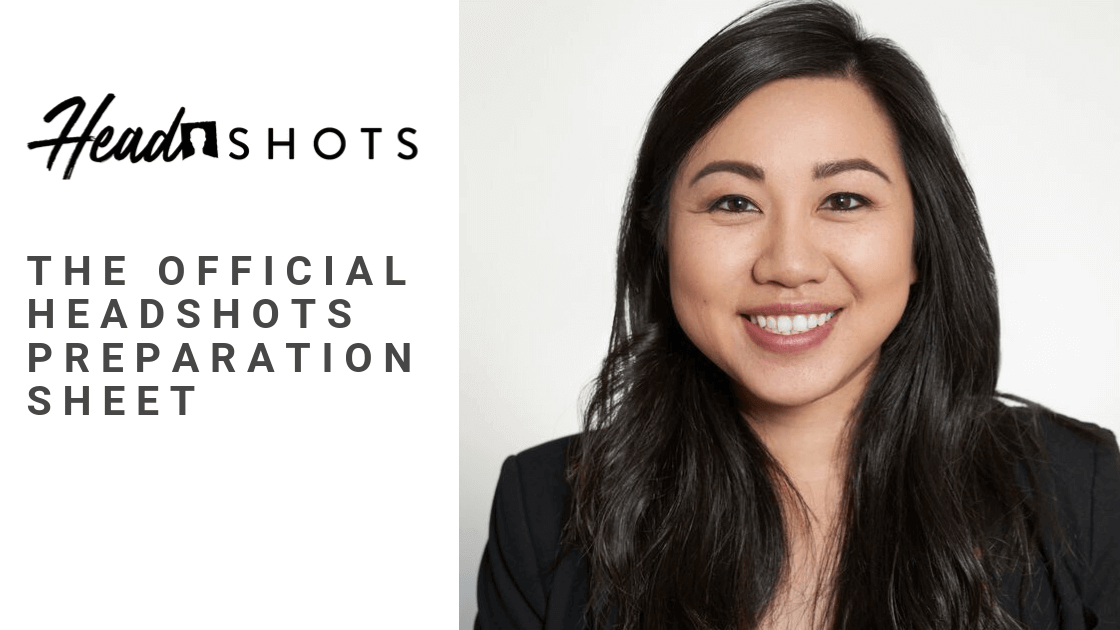Over the past three months, there’s been an explosion of interest in AI-enabled services for everything from “AI headshots” to AI accountants and AI lawyers.
ChatGPT has become the fastest growing tech product in the world.
Platforms like studio.ai, aragon.ai (referenced later), and headshotpro.com have launched AI headshot services that promise to ingest 10-20 cell phone photos and spit out a new professional headshot that looks just like you.
However, in a recent article published in the Wall Street Journal named AI-Created Images Are So Good Even AI Has Trouble Spotting Some, notable flaws started to be called out in the quality of artificial intelligence generated images.
You might wonder what we, as professional headshot photographers, think of people using AI headshots to update their LinkedIn profile photos and company websites.
While you’d think we’d be worried, after researching the competition, we have strong reason to believe AI headshots are a passing fad.
The Top 9 Reasons AI Professional Headshots Are A Fad
1 – Skin Tone, Eyes, Foreheads, and Hands Aren’t Realistic Yet
From a distance and at a quick glance, AI headshots may look impressive.
But incorrect skin tone, eyes, and hands are some of the easiest giveaways that your professional headshot is AI-generated.
While you may think it looks “fine”— or even preferable to real life — a fake look to your photo can be disastrous to your credibility.
Don’t forget that headshots used on ID badges, drivers license, and other profiles are the oldest and most popular forms of identification for security.
Even if AI headshots were 100 percent realistic (they’re not), don’t forget that they amount to faking or forging an identification document using a sophisticated computer.
If the employer, customer or other person viewing your headshot realizes it’s fake, they will wonder what else in your work and life you’d be willing to fake.
So how will they notice?
Skin: Currently looks rubbery and shiny. If you look at the nose, cheek and under-eye areas, you’ll notice that the skin looks almost cartoonish.
Eyes: Look too white and/or demented. You can have an over-eager or alternatively “dead in the eyes” look.
Hands: Are rendered in incorrect proportions that look creepy. You can crop them out, but you may want a “portrait”-style photo with hands showing.
This is besides the fact that engineers are working on tools to identify and flag ai-generated content.
To test these assertions, I actually tried a platform called aragon.ai, which promised to provide me with some new professional headshots.
Here are three of the real photos I submitted:
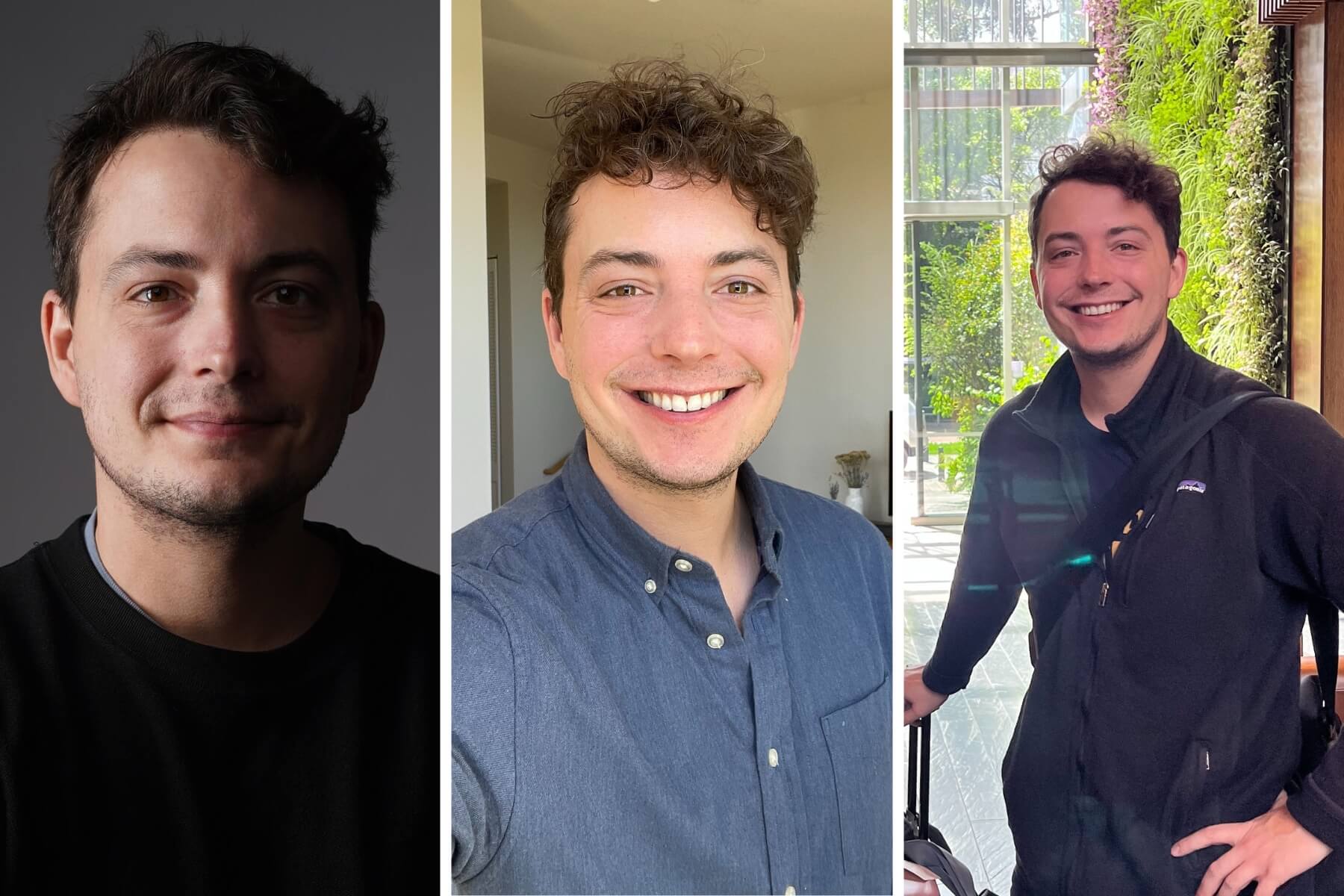
In all fairness, I’m going to post some of the best ones and some of the worst ones.
But, notice how even the best photos look like they were taken at a wedding hosted at a WeWork. Even if I didn’t look like a cartoon, the irrelevant context means no one would be fooled into thinking this was a professional headshots.
The worst photos are horrifying nightmare-fuel that will haunt me for years to come.
Best Photos:

Worst Photos:
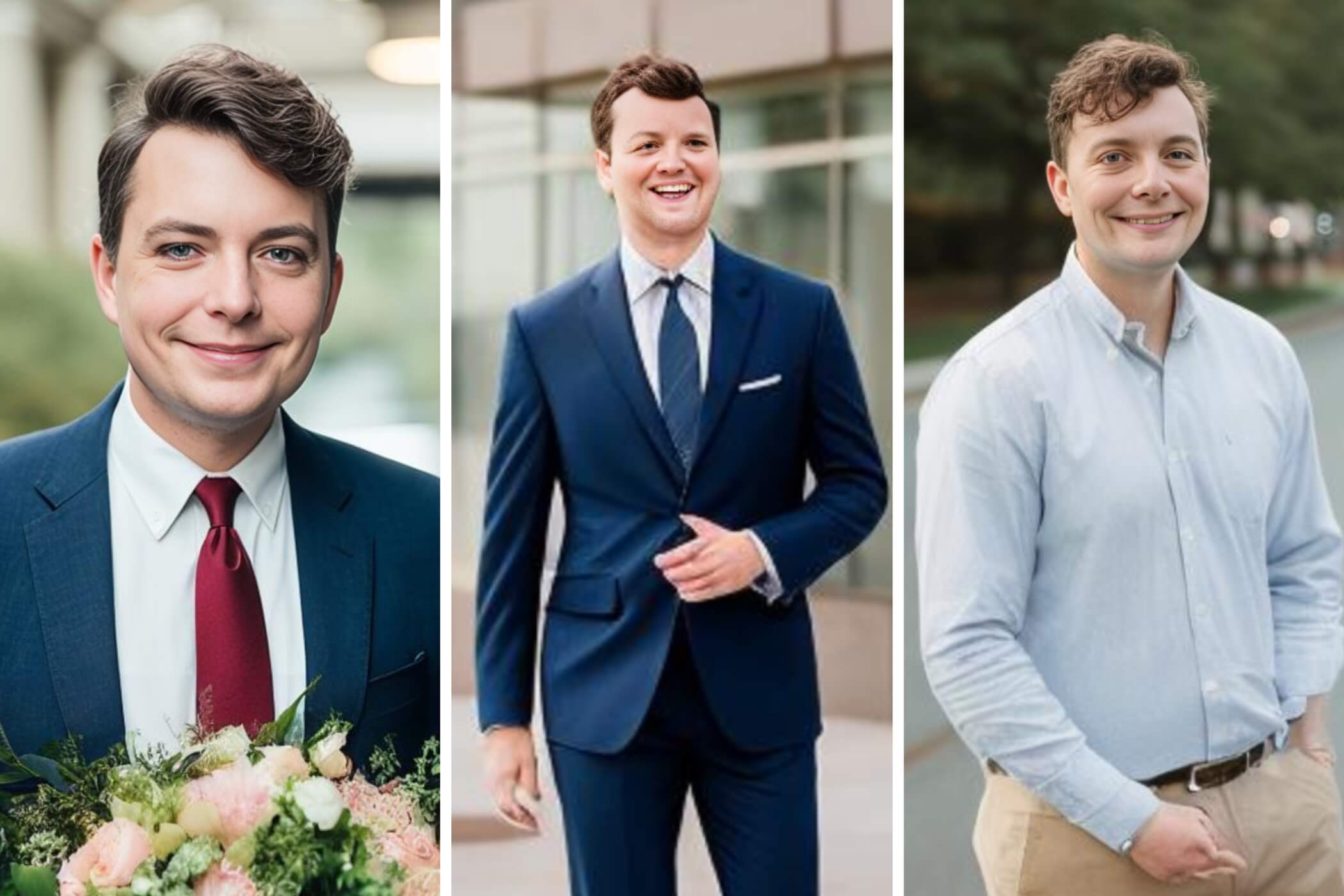
Besides the fact that I look like a cartoon person (see hands, eyes, and skin), I paid $29 for these photos that are A) Extremely unflattering in angle, facial shape, and body shape and B) Still mostly look like they were taken at a wedding/engagement party, so aren’t very professional.
I received about 30 photos, and can’t upload them all here. But there is not a single one that is even remotely possible to use online.
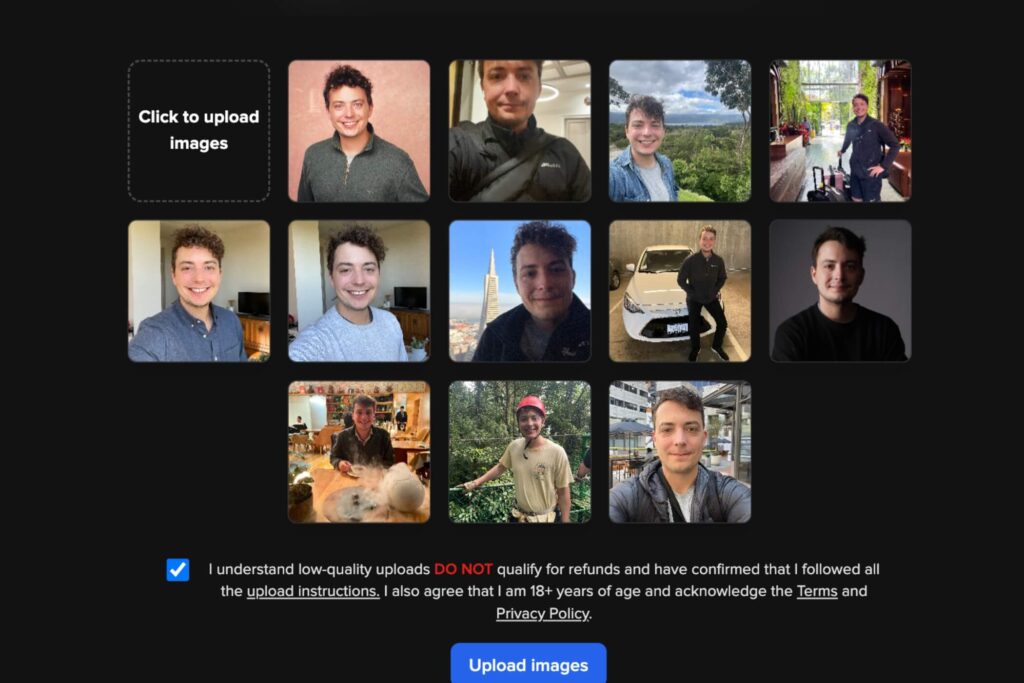
No wonder there’s a “no refund” policy.
If you like the results you see on the home page of some of these website, you’re A) Probably seeing cherry-picked results and B) Don’t know what the original person looks like, so you can’t compare them with reality.
As a headshot photographer, while I was worried going into this process, I left it with a profound sense of job security.
2 – The AI Headshot Generator Can’t Match Specific Corporate Guidelines
If you work for an employer who needs specific guidelines for a professional headshot, the current technology cannot match an extremely specific set of style guidelines.
Currently, the system collect a bunch of images from online, and spit out a random set of backgrounds and clothing that may have little relevance to you. So, you can’t control the specifics of your images.
3 – Can’t Take Photos in Specific Places
Trying to get your photo taken with a specific, meaningful background like your business location or a local landmark?
AI-generated headshots aren’t currently able to generate believable renditions in the background.
They are best able to create more generic photos that copy a template they’ve done before.
4 – Can’t Coach Better Expressions Out of You
If all of the photos of yourself you submit to the AI platform have a bad smile, the AI generated output will also have a bad smile.
Conversely, a professional headshot photographer will create a fun and collaborative atmosphere that gets the best out of your expressions.
5 – Can’t Mimic Clothing You Actually Wear
Since the platforms don’t know what clothing you actually wear, they will simply put you in clothing that they find online.
Since that clothing may not be representative of your personality or brand, that’s another problem with using these systems.
In the examples shown above, the best actually depiction of me is where I’m wearing a bow tie…
…I’ve never in my life worn a bow tie nor would I want to post that on my LinkedIn profile.
6 – Can’t Recommend the Best Photo
Most platforms will send you upwards of 30 versions of headshots for between $30 and $50.
Which one is best for your career and business?
Humans are notoriously terrible at picking photos of ourselves. (Source PhotoFeeler study)
AI doesn’t currently have a way to judge the quality of your expression/pose/clothing in the headshot. Our clients rely on us to help them pick the best photo out of 10s if not 100s of options.
That task is best handled by a career coach, a marketing expert or your trusted headshot photographer.
7 – Getting Your Photo Taken Is Actually Fun!
Besides the fact that AI headshots for LinkedIn profiles and elsewhere are not currently able to render realistic photos, you’re also missing out on a great experience!
Getting your photo taken by a true professional can be confidence-building and fulfilling.
At HeadShots Inc, we create a fun atmosphere which makes our clients actually enjoy the process.
8 – Ethical and Legal Questions
Even if you ignore all of the above, we predict that AI headshots will be banned on most professional platforms. Once platforms can identify and verify that a photo was AI generated, they will need to find a way to limit abuse.
Fake profile photos on LinkedIn or job application websites create a significant security and safety risk by allowing people to falsely represent their appearance.
What if you catfish an employer or customer?
What’s to stop ai-generated profiles, with ai-generated profile photos, from spamming the entire web?
What’s to stop ai-generated profiles, with ai-generated profile photos, from scamming your friends and work connections?
Theoretically, someone could use one of these AI headshot generators to create a profile photo that looks 50% like you and 50% like them.
As long as the looked somewhat like you, it’s not hard to imagine that
Then, they could then use a fake email address or LinkedIn profile with your same name to steal your identity.
It would be relatively simple to take out loans, make purchases, or con others by selling non-existent services or products. You’d be on the hook for all of these activities.
Why not just have an AI-generated passport or AI-generated driver’s license?
At the end of the day, the reason to avoid these platforms is because these are fake photos, there are some serious safety and security concerns.
If you use these on LinkedIn, we’d highly recommend monitoring the news for updates.
While you may think no one will notice, there are tell-tale signs in the metadata of any image that will verify if it came from a camera or was computer generated. If you post something artificial to your professional social media, you may risk banning in the future.
Finally, if you’re an actor or a model, there’s a 0 percent chance anyone will want to hire you if you use a fake AI photo as your headshot. They won’t know who they are really inviting to the audition.
There are also a legal problem with generating images (and text) using artificial intelligence:
While this is not yet decided by any court rulings (because the space is so new and many decisions are pending), there are considerable problems with copyright infringement.
Per a recent report from Congressional Research Systems labeled Generative Artificial Intelligence and Copyright Law:
“The Copyright Act generally affords copyright protection to “original works of authorship.” Although the Copyright Act does not define who (or what) may be an “author,” the U.S. Copyright Office recognizes copyright only in works “created by a human being.” Courts have likewise refused to afford copyright protection to non-human authors—for example, a monkey who took a series of photos.”
So, it’s unknown whether you actually own the copyright for your images, and generally whether a copyright is even possible with a non-human author.
That makes your AI-generated photos of dubious business value because:
- Someone could use your photo in an embarrassing or defamatory way – posting a negative article about you with your photos. You’d have no ability to request the removal of the photo because you don’t own it, and it’s not actually a picture of you, so you get no privacy protection.
- If, unbeknownst to you, the photo is a carbon-copy of another photo an actual photographer took, you could be liable for infringement of their copyright because you used a computer to rip off their image. (They would actually have copyright protection because they’re a human author who made an original work.)
Per the US Department of Justice legal code on Penalties for Copyright Infringement, if you’re AI headshot generator copies a photo with a retail value of $2500 or higher, the offender (ie YOU)
“…Can be imprisoned for up to 5 years and fined up to $250,000, or both. 18 U.S.C. §§ 2319(b), 3571(b)(3).”
Yikes…
MAJOR UPDATE August 28, 2023: After the original publishing of this article, an additional court ruling affirmed that AI generated art (like those created by all the ai headshot generators) does not qualify for any copyright protections.
No copyright. No protection. No privacy.
Someone can steal your headshot, and use it HOWEVER they want (in an embarrassing advertisement, for identity fraud etc) with NO repercussions. You don’t have the right to ask them to take it down, because you aren’t the owner. You can ask the photography to enforce their copyright, because there is NO photographer.
Scary stuff…
9 – Respect Yourself
The last reason we’ll cover is perhaps the most important.
You’re a grown adult with a career.
Do you really need to use a computer (AI or otherwise) to generate a fake photo of yourself?
And then share that photo with the outside world as if it were real?
Why not just use a cartoon or other drawing?
The fact that the photo was made by a computer and may fool some people in passing
doesn’t make it less fake.
It’s better to just get a real photo of yourself.
Bonus Reason – Safety
This is a bonus reason because it was added after publishing. But, after speaking with some security experts, there’s one more important reason while AI generated headshots may become a fad…
…it’s not safe.
We live in a world laden with identity theft, where biometric data points (finger prints, eye scans, live face scans) are becoming one of the primary means of establishing identity.
So, maybe it’s not such a smart idea to upload a bunch of high-resolution photos of your face to a random online website with no company address, no verified legal entity, and no way to sue or hold them responsible if they abuse your data.
As an added source of danger, by looking at the photos you click on / download, they’ll know which photos are the most realistic. (At least according to you.)
So, if the AI system really works, you’ve just trained it to copy your face and be able to reproduce it in any lighting, outfit, or background.
The AI headshot entity could sell your information, directly impersonate you, or blackmail you by threatening to post embarrassing photos of “AI you” doing embarrassing things online.
Most people these days are trying to remove images of themselves online, not have an AI create more images.
Conclusion:
AI professional headshots aren’t going anywhere. The lazy and the budget-conscious will be tempted to use these platforms because they’re easy and cheap, but getting a real, professional headshot has probably never been more valuable for your career and business.
We hope you opt to go for the real thing, even if it’s one of our virtual headshot sessions (done with our help using a smartphone at home). It’s the same price ($50) as most of the AI platforms, and it’s actually a real photo of you!
Invest just a little time and money in your image, and your career and business will thank you later.



